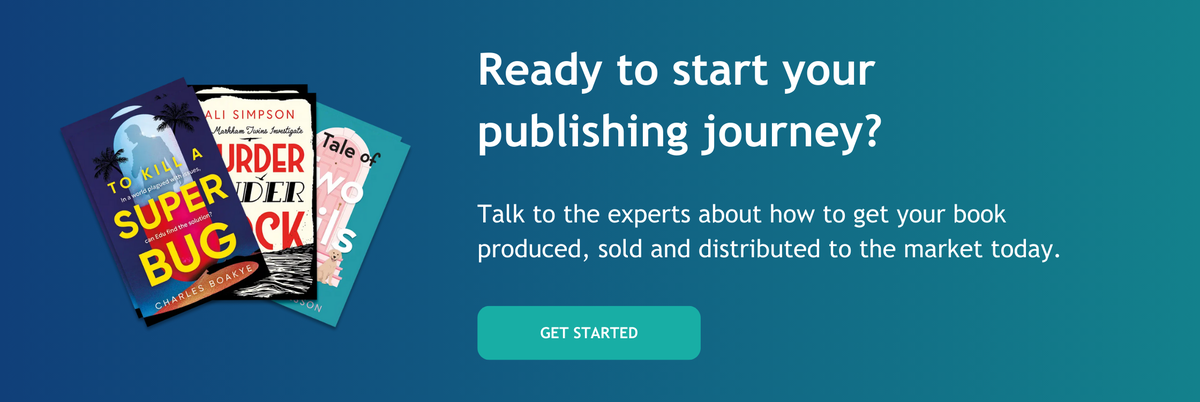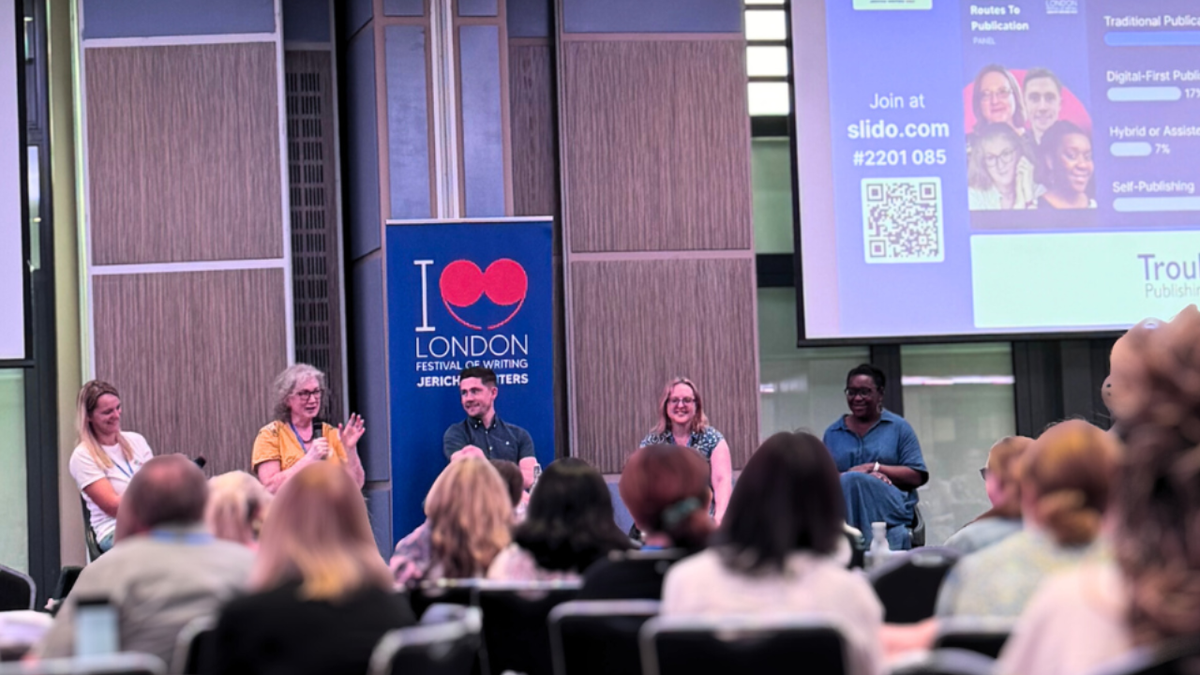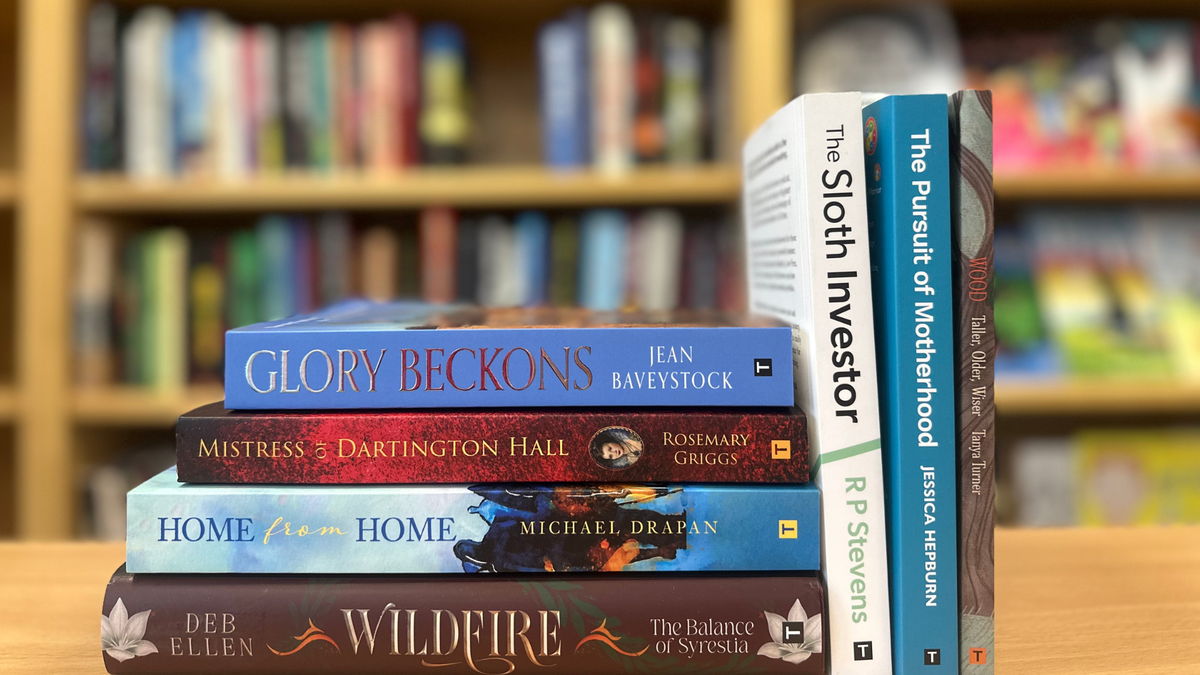
27th November, 2025
7 min read
A Step-By-Step Guide to Troubador's Illustration Process
Written by:
Hannah Cather
The illustration process – where to begin? This is a question you’ve likely been asking yourself if you’re here. Firstly, hello. Secondly, we can help! The illustration process is highly creative and transformative to your book. It is interesting and so fulfilling. It can make dreams come true. It can make visions come to life. That might sound hyperbolic, but it’s really not. There’s nothing like finding the perfect artist and creating the perfect illustrations for your waiting book.
But – we’re not going to lie – the illustration process can also be overwhelming, hard to navigate and a migraine-inducing minefield. Not with Troubador’s help, though. Indeed, the main aim of our illustration service is to make the process of finding and working with an artist smoother and more accessible to everyone.
Our process is detailed below, broken down into digestible bits. This is Troubador’s process, but there are many takeaway points for generally working with artists, too.
The Big Chat
When you first come to Troubador with a potential commission, the process will start with a Big Chat. This can be over email, over a call or over a cup of tea in a meeting – whatever works best. We’d discuss your illustration hopes, how they might work in your book, any styles that you love (perhaps you’ve done research in bookshops/online) and, importantly, your budget. This doesn’t need to be pinned down so early, but it can be a huge help in terms of shortlisting suitable artists within your means.
The Big Chat is about doing the groundwork – digging out the important information and planting seeds as we begin to plan the future project. This is also a great time for questions – do ask away. We’re getting the overall idea of the project, the big picture, so that we can begin to consider suitable artists.
The Artist Hunt
Finding the right illustrator can be like hunting down a needle in a haystack. Edit – a tiny needle in a really huge haystack. But don’t be discouraged. This is a good thing overall because it shows the huge range of artists available. It’s all in the art of finding – of weeding out the rest to make way for the best (for your project).
This harks back to the main aim of Troubador’s illustration service – to make the process smoother and more enjoyable for all. We offer a helping hand to find the perfect artist. Our portfolio currently has fifty plus talented artists, all of which work in different styles and via different methods. We sift through the list and create a bespoke collection of suitable, wonderful artists for you to consider. All of these would be a good fit for your cover, your children’s book, your map. Then, based on fees and further samples as needed, it would be up to you to decide which of the shortlist you would like to progress with.
Currently, our full list of artists and their samples are not online. This is because we think that searching through the full portfolio is overwhelming and time-consuming, which of course goes against our aim for less stress. The bespoke sample packages are much more focused and accessible. No more needles in no more haystacks.
The Nitty-Gritty
Unfortunately, it’s not all fun and games and splashes of paint – well, at least not until the ‘nitty-gritty’ negotiations stage is complete. This stage means ticking off three things: reading the contract, finalising a fee, and signing on the dotted line. This part of the process is admin-heavy, but also satisfaction-heavy, as getting it sorted is the final barrier to making the commission official and giving the project / the artist the green light. After which, paint splashes can resume.
To break down the above checklist further:
- Reading the contract – our agreement is an umbrella one, accessible and not scary in the slightest. There are some non-negotiables – such as copyright (at Troubador, we hand full copyright of the illustrations to the author on completion) and the fee, once agreed – and there are some points that allow for more flexibility, such as the schedule, which can be worked to fit each project.
- Finalising a fee – we let each of our artists quote individually, meaning that their fee will reflect their own rates, based on their working methods and timings. The fee has to be agreed by the author and is eventually broken down along the path of a project (usually 25% upfront, 25% on approval of sketches, 50% on approval of finals).
- Signing on the dotted line – once all of the above is in place, and all parties are happy with when, how and how much the project is going to be, it’s time to cement everything by signing. Our agreement can be signed digitally, or manually if needed.
Work Begins
Back to the fun. Everything is now in place to start the commission. Time to get ideas out of the author’s head onto the page, via the artist’s magic hand. The outline below is the core path that each commission will take:
- Brief – this is usually author-provided and will detail their illustration ideas and hopes. It is good to include character descriptions, preferred colours, basic composition. For a children’s book, this will be more detailed and explain how each page might work (we can help with this). Picture references are useful – to show what you like, don’t like, really don’t like etc. A synopsis is great; the full rough manuscript is a bonus. And we would always suggest saying that you’re happy for the artist to add ideas and creative input – after all, their eye is trained and expert.
- Roughs – based on the brief, the artist goes away, gets creative and starts work on the roughs (also known as pencils or sketches, depending on who’s talking). By the end of this stage, you’ll end up with a basic, rough version of each illustration – sometimes in pencil, sometimes mocked-up – focusing mainly on composition and general look.
- Amends – you’ll be asked to provide feedback on the roughs. If we could give all authors a piece of advice at this stage, it would be: keep your notes short and to the point. Bullet points are great. The artist will work best from clear, concise itty-bitty nuggets rather than essays. You can be positive, (constructively) negative, unsure of something, but make sure it’s easy to digest.
- Colours – the artist gets creative again, makes the amends and colours the work (if colour is part of the commission). This task can take less time than roughs, because the idea is already in place – though each artist differs. In the end, you’ll be left with a set of complete coloured files, ready for review.
- Amends – time to provide feedback on the colours. Again, short and sweet works best. It is also not possible/fair/constructive to have rounds and rounds of amends, and expect an artist to do a few tweaks here, a nip and tuck a few weeks later, and then ‘just one more!’ amend at the end. The usual allowance is one round of amends per roughs, and one round per colours – which is why it’s important to think carefully about providing feedback. Have you mentioned everything in one go?
- Finals – once the amends for colours have been actioned, it’s time to check final files, pay your final invoice and get those long-awaited, much-anticipated, much-loved print-ready illustrations in.
Examples
The transformation that takes place within the illustrations process is amazing. Take a look at the examples below. By comparing the roughs and finals, it really emphasises how far the commission travels and how much work the artist puts in.
Bren Gosling – Front Cover Commission – Street Sweeper
Cover roughs
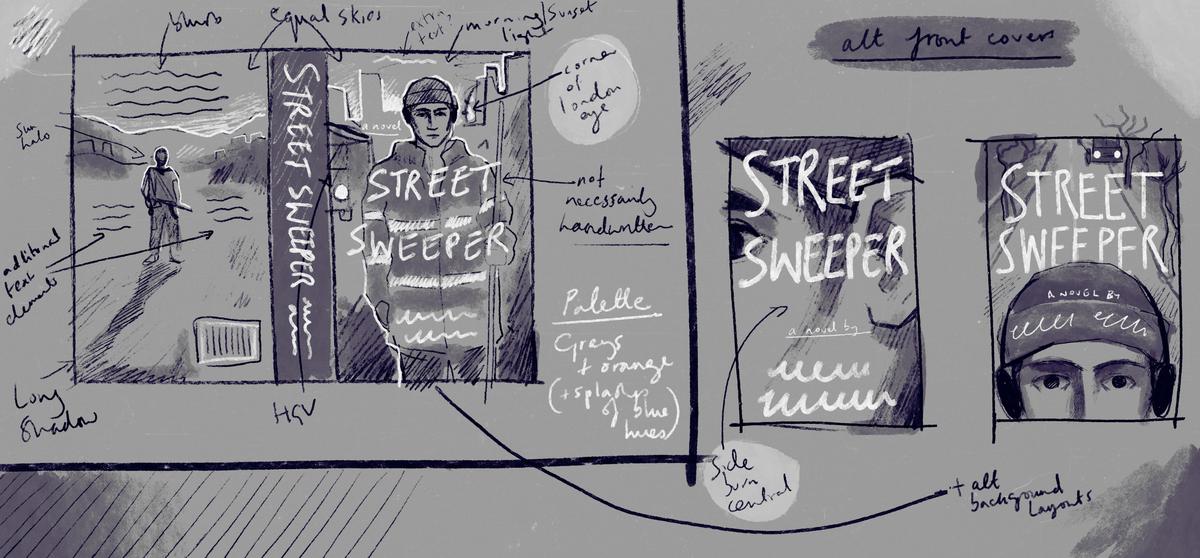
Final cover (front and full) - copyright belongs to Bren Gosling
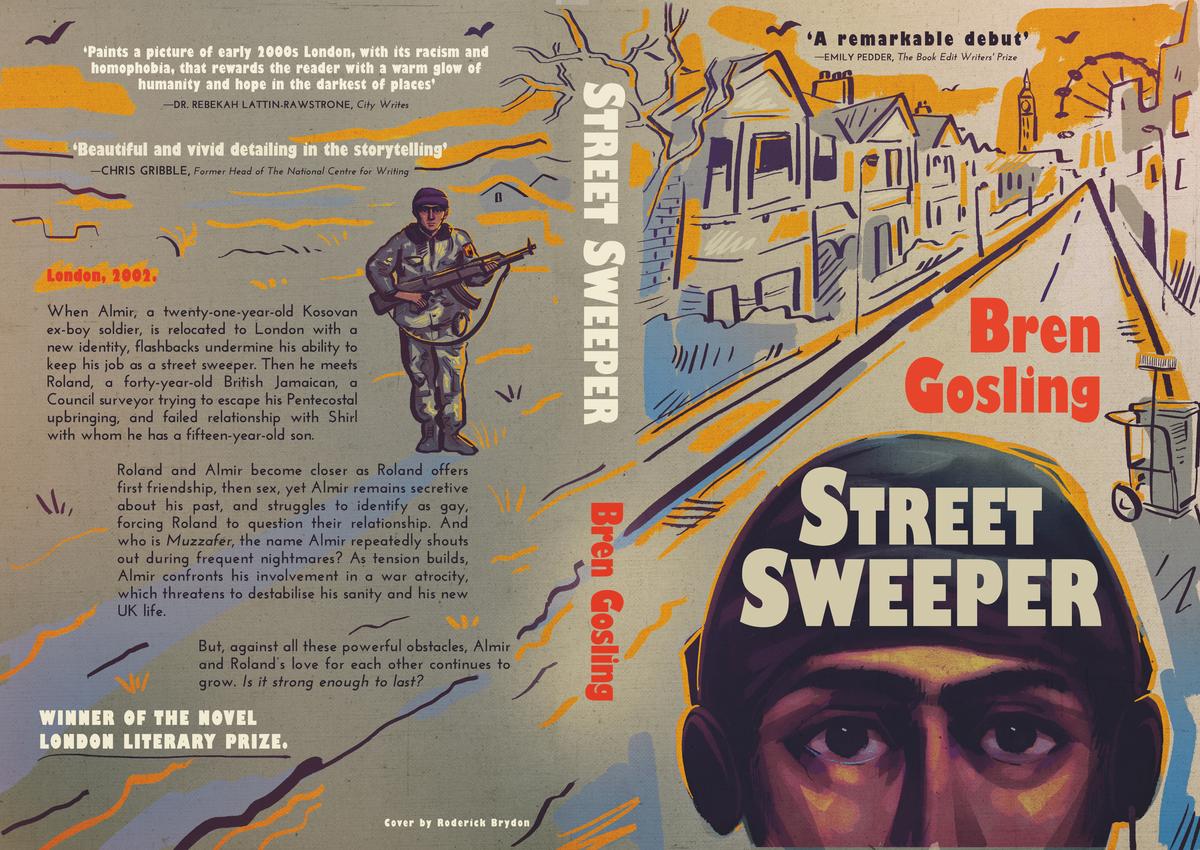
Jenny Ives - Full Children's Book Commission - Otis and the Search for a Monster (Copyright belongs to Jenny Ives)


Conclusion
As you can see, the journey from first idea to roughs to finals takes the illustrations from zero to one hundred. The work becomes elevated and illuminated, polished and print-ready. And more than that, the work has got to that point smoothly, in safe hands and without stress. Troubador’s illustration service will help you reach that end goal in the smoothest way possible. We provide a helping hand, a guide, a sounding board and a question answerer, lessening the stress and maintaining the magic of illustration-making – because that magic is what it’s all about.
The Troubador team are here to help authors in any way that we can with no obligations, so please feel free to reach out to us if you have any questions. If you need illustrations for your book cover or interiors, Troubador has a brilliant illustration service to help you find the perfect artist to fulfil your vision. We’ll look forward to hearing from you – paintbrushes, pencils and plans at the ready!
Both Street Sweeper and Otis and The Search For A Monster can be found on Troubador's bookshop.

